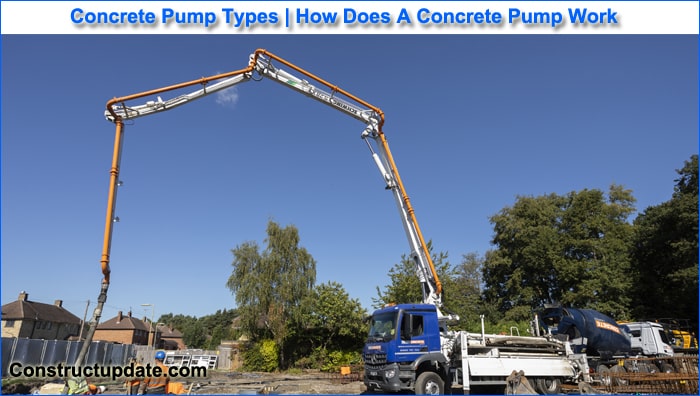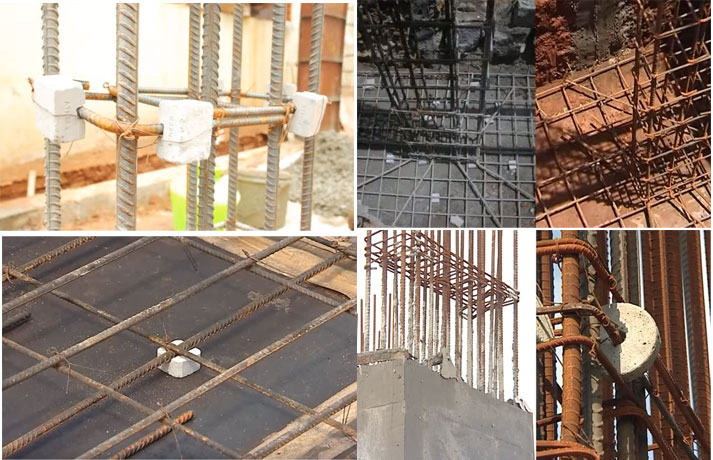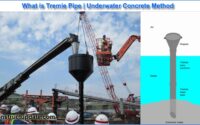What is Concrete Pump | Concrete Pump Types | How it Works
Construction is a booming industry with expectations of rising demand in the coming years. According to the World Economic Forum, the global urban population is rising at a rate of 200,000 people per day, and all of these additional residents require housing, medical services, schools, transportation infrastructure, and other amenities.
Construction contractors and labourers will almost probably be in high demand in the future years as cities build infrastructure to satisfy the needs of a growing population.
What is a Concrete Pump?
A concrete pump is a device that transports newly mixed liquid concrete to the desired position on a construction site. It operates on the basis of hydraulic principles and a valve system.

How does it work?
When concrete is needed, a mixing truck mixes the material in its rotating drum first. The truck then drops the liquid concrete into a hopper, which churns the concrete to prevent it from solidifying.
The concrete pump then suctions the liquid concrete from the hopper, through a valve system, and into the area where it will be placed down, often with the help of auxiliary hoses.
The internal workings of a twin-cylinder hydraulic concrete pump typically consist of two parallel cylinders. Inside each cylinder are drive pistons that travel back and forth in opposite directions. One cylinder advances while the other reverses. One cylinder travels back, while the other advances.
The material cylinder is the first cylinder, and it pulls concrete out of the hopper. The discharge cylinder, the second cylinder, pushes the concrete out of the pump and into the desired spot. The two pistons function in tandem, pulling and pushing their respective quantities of liquid concrete in and out.
The two cylinders alternate back and forth due to the hydraulic flow caused by the continuous flow of concrete. This steady flow is also necessary to prevent the liquid concrete from hardening.
Types of Concrete Pumps
- Line Pumps
- Boom Pumps
1. Line Pumps
Until the concrete reaches its destination, line pumps push liquid concrete through hoses at roughly ground level. The hoses allow the truck to snake through alleyways and around houses where it might not be possible to park.
Here are few examples of types of line pumps:
- Stationary pumps
- Truck-mounted static pump
- Truck mixer pump
2. Boom Pumps
The concrete is pumped where it needs to go using a boom pump that reaches across the air. It has a remote-controlled, long, flexible arm made up of articulated pieces that stretches into the air like a crane. Boom pumps are useful for reaching regions that a line pump can’t, such as the upper floors of a high-rise or apartment complex. They can also climb over houses and into yards to build backyard swimming pools or garden features. When not in use, the boom folds up into compact parts and is transported on the back of the truck.





